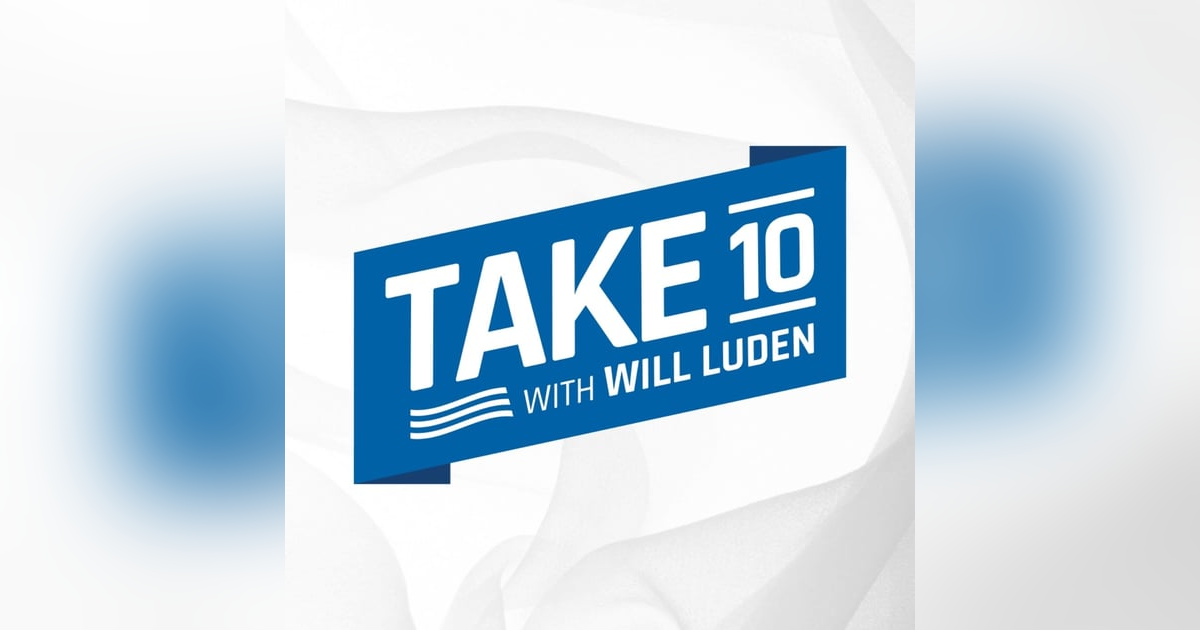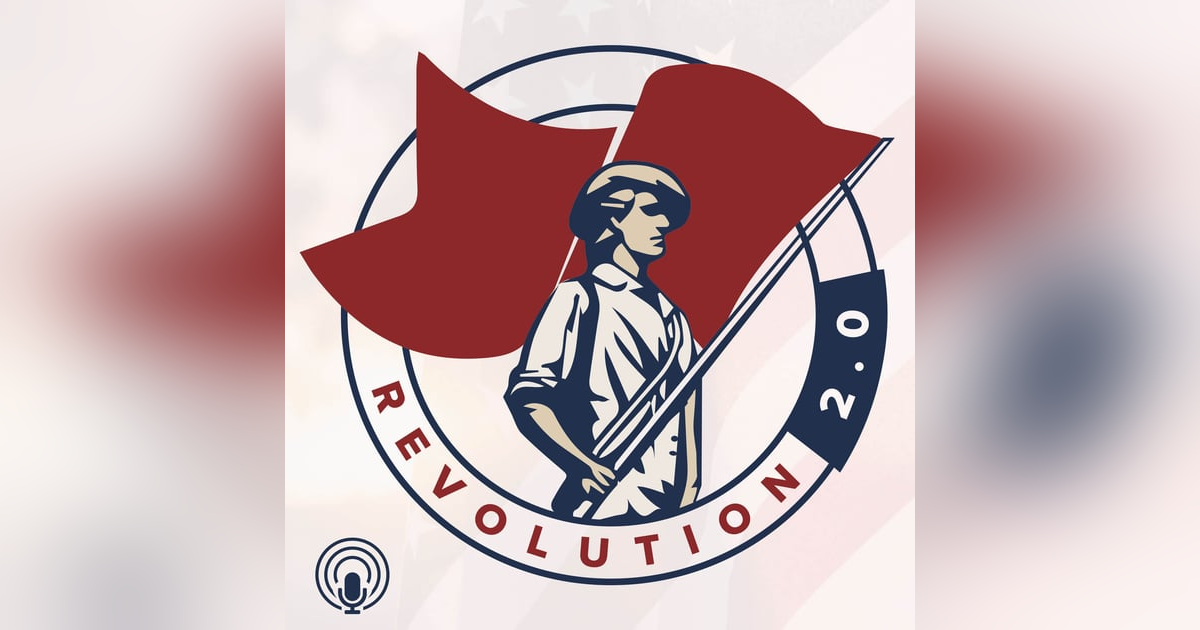
Sign up to get updates from us
By signing up, you agree to receive email from this podcast.

Introduction
“This shows how the Green New Deal would be a deadly deal for the United States of America.” -Greg Abbott, Republican Governor of Texas.
“This proves the need for a Green New Deal.” -Alexandria Ocasio-Cortez, D-NY.
Neither of these political claims is true; more importantly neither one leads to the vital lesson that we all need to take away from the disaster in Texas.
That is the subject of today’s 10 minute episode.
Continuing
Here’s a head’s up about where we are headed today: It gets very expensive, very quickly when we choose to pay to eliminate all risk, and cover every possible circumstance.
The Texas free market approach to power generation was intended to supply plentiful electricity at low rates, and for decades it did exactly that. Looking at some example rates, we find that Texans pay 11.67 cents per kilowatt hour for electricity, Californians pay 18.31 cents, overall in the US users pay 13.19 cents. The desire to keep rates low in Texas drove decisions like maintaining a power grid separate from the rest of the US; the resulting fewer regulations kept the rates down. As did the decision not to protect the grid from the centennial weather event that brought the grid down so disastrously. For decades, Texans enjoyed low rates, then the wheels fell off the wagon in a once-in-a-hundred-years climate event. Had Texas made the decision to provide power to users in spite of any possible weather condition, the rates would have been much higher all those years, and the current disaster would likely have either been avoided entirely, or would have been greatly mitigated. BTW, looking at California, it is easy to see that higher rates themselves do not guarantee consistent power. Even with California’s famously mild climate and high energy costs, they have suffered from two years of widespread rolling blackouts in the summer months.
So, Will, how do you address the issue of balancing the need to keep prices down with the need to avoid disasters like the one in Texas? A. Set standards for performance, and determine what it will cost to deliver those results. Then establish consequences for failure. For example, a power delivery standard could be no more than 10 hours of downtime in a year with no more than three consecutive hours of downtime at any one point. Utility companies would have to upgrade their infrastructures to make such guarantees that would hold under any conditions, and would need to raise their rates. They would also be liable for damages if they failed to meet the standards even after raising their rates.
Tighter standards require more expensive infrastructure upgrades and result in higher rates, and lower standards result in lower rates. It is important to recognize that higher standards result in disproportionately higher costs. For example an 80% performance standard, a standard that is 80% of what is possible, might cost $X, a 90% standard might cost $2X and a 100% standard might cost $3X. This is an example of the law of diminishing returns; disproportionately more resources are needed as you push to get closer to 100% results.
All of us make decisions like this in our personal lives. For example, we have a $1K deductible on our health and homeowner insurance, and a $500 deductible on car insurance. If we wanted no deductibles, first dollar insurance, it would cost far more. And copays with health insurance keeps our premiums down. Others might choose higher or lower deductibles and copays, which would lower or raise their monthly fixed costs for coverage. In the same way, if we as power consumers are willing to put up with some downtime, power should cost us less than if we demand power 24/365 regardless of the external conditions, regardless of how rare those conditions may be. Including centennial events like the one that brought the Texas grid down.
These tradeoffs between wanting to eliminate all risk under any circumstance on one hand, and the desire to keep costs down on the other, need to be managed everywhere, including healthcare, COVID-related restrictions, public transportation and addressing climate change. And more–most of life–in fact.
Let’s start with healthcare. Senator Bernie Sanders, I-VT, and others, have been pushing a version of Medicare for All that provides free medical services with no deductibles and no co-pays. Senator Sanders is demanding the 100% standard, without acknowledging the massive extra costs that would be required.
Is this happening with COVID restrictions? Are those who demand 100% safety before returning to work, or before allowing others to return to their lives and livelihoods, extracting enormous economic and psychic penalties to be risk free in an inherently risky world?
Public transportation. Not even the most popular and crowded public transportation systems make money. There are non-economic benefits, including serving the public, reducing road congestion, and reducing carbon emissions that make up for the economic hit to the taxpayers. But only a handful of public systems are heavily used; the rest are stuck with very few riders, requiring significant subsidies–regular cash infusions from the taxpayers. At the same time that we see buses with 4 or 5 riders, we hear demands for more routes. Here is another place where setting standards, then understanding the costs required to meet those standards, is needed.
Climate change, ah, climate change. We seem to be setting standards here, but what exactly are they? When someone claims that an entity, a company, a state or the nation, will achieve “Net zero carbon emissions by…”, what do they mean? Are they promising no carbon emissions at all, or net zero emissions after some carbon extraction process eliminates the same amount of emissions that are created in everyday living, resulting in a net of zero? And what is that carbon extraction process? What are the standards that are being set here, and what will it cost to achieve them? We hear a lot about the dire consequences if we don’t adhere to the extreme measures called for in action plans like the Green New Deal, but who is going to be held accountable, and what are the consequences if we completely disrupt our economy and society as we are being told is necessary, and it was completely or mostly unnecessary?
Who pays the bill is hugely important when managing any tradeoff between cost and the standards we set. We pay close attention to the decision when we choose the tradeoff between the level of deductibles and the monthly cost with vehicle insurance–after all, it is our money. Do we pay nearly as much attention when it is taxpayer money paying for standards that apply to us in areas like healthcare? If we are getting it right, we see all taxpayer money as our money, and make decisions accordingly. But do we?
What was the key mistake that Texas made? Amy Goodman, the host of the opinion show, “Democracy Now” on PBS, says that the Texas electricity grid was “under regulated.” She blames their desire to be independent and free as the underlying problem. I disagree. The core mistake was in not calling attention to the inherent tradeoff that Texas was making in favor of taking risks in exchange for many decades of cheap, plentiful power. That can be addressed, and it will take some very honest conversations with the voters and rate payers.
This conversation needs to be had nationally, frequently and on a variety of subjects.
Today’s Key Point: It gets very expensive, very quickly when we choose to pay to eliminate all risk, and cover every possible circumstance. This applies to everything in our lives, both public and private.
Tell me what you believe. I and many others want to know.
As always, whatever you do, do it in love. Without love, anything we do is empty. 1 Corinthians 16:14
Contact
As we get ready to wrap up, please do respond in the episodes with comments or questions about this episode or anything that comes to mind, or connect with me on Twitter, @willluden, Facebook, facebook.com/will.luden, and LinkedIn, www.linkedin.com/in/willluden/. And you can subscribe on your favorite device through Apple Podcasts, Google Podcasts, Spotify and wherever you listen to podcasts.
If you liked today’s episode, other episodes or the revolution2-0.org site itself, visit the store for some fun items, comment, subscribe, and encourage others to subscribe with you. Each One Reach One will help spread the word about Revolution 2.0™.
Will Luden, coming to you from 7,200’ in Colorado Springs.